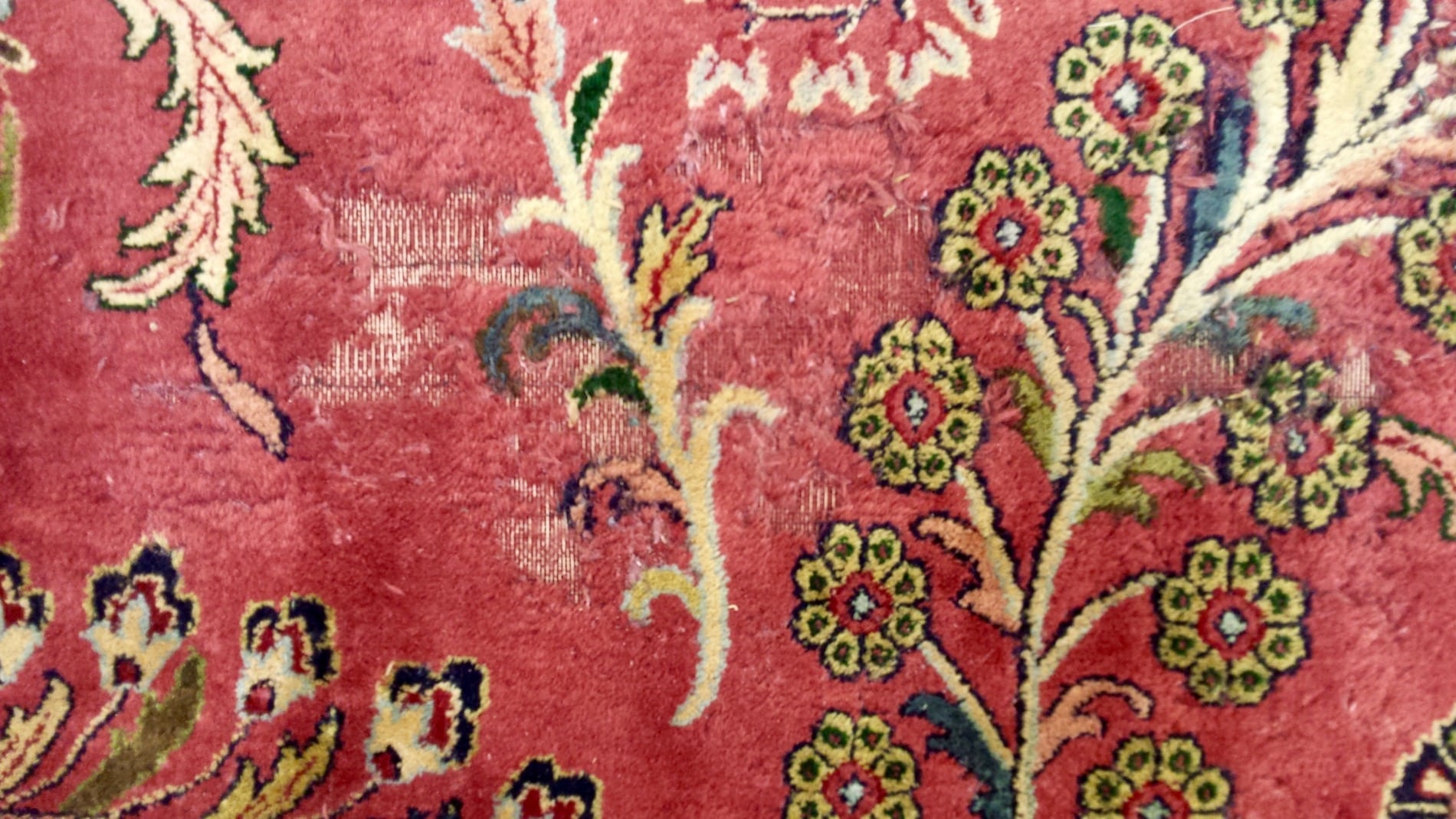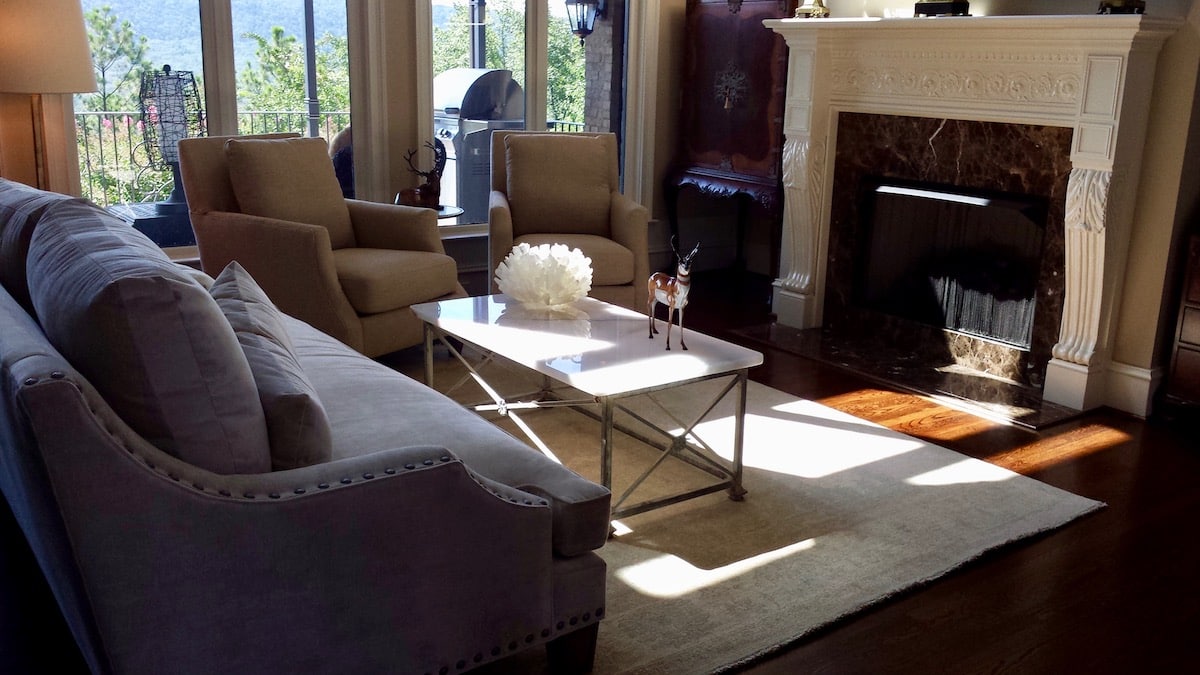Natural dyes, natural beauty

Why buy an oriental rug?
March 15, 2017
Pets, odors and enzymes
March 31, 2017Natural dyes, natural beauty
Intricate patterns. Unique designs. Rich and diverse histories. These are some of the reasons hand knotted rugs are so special, reasons museums all over the world have oriental rugs in their permanent collections, occupying the same space as works by Picasso and Monet.
Another reason is their breathtaking, brilliant color. Visit Nilipour Oriental Rugs and you will find rugs with reds and yellows and blues that can energize a space and bring a room to life.
There is a bit of a debate when it comes to the dyes used in hand knotted rugs — natural dyes, or vegetable dyes, versus synthetic dyes, or chemical dyes. The earliest Oriental rugs used only natural dyes, primarily because synthetic dyes were not yet invented. These are the aforementioned rugs, the ones hanging in museums, dating back hundreds and hundreds of years and whose colors are still remarkably vibrant today.
Synthetic dyes were first invented somewhere around 1860 and as they became readily available were being used by some weavers right alongside natural dyes. In most cases it is extremely difficult for the untrained eye to tell the difference between the two. With the invention of chrome dyes in the mid 20th century, natural dyes started to become the exception rather than the standard and it became hard for even an expert to distinguish one from the other.
Still, there are those who say vegetable dyed rugs are far superior to synthetically dyed rugs. The truth is both have advantages depending on individual tastes and needs. And whether the handmade rug you purchase contains natural or synthetic dyes, its value will still increase over time.
We do know that vegetable dyes have an unbelievable shelf life. The vivid, rich colors that come from sources such as larkspur (yellows), madder root (reds and oranges) and indigo (violets and blues) hold up extremely well, looking good as new centuries later. And natural dyes or less likely to fade, in the traditional sense of the word. Instead they become softer over time and their character takes on a more aged looked rather than a washed out one.
Another reason vegetable dyed rugs are so visually appealing is the slight variation of tones and shades throughout the rug. Just as each hand-woven rug is unique, the same can often be said for each batch of dye. And every strand of wool in a handwoven rug absorbs the dyes differently, creating even more varying degrees of pigmentation. This effect is called “abrash” and many consider it to be a perfect irregularity of handmade rugs, yet another element contributing to a rug’s elegance and one-of-kind beauty.
All this being said, there is only one way to truly appreciate the luminous and brilliant colors in a hand-knotted rug. Stop by the showroom at Nilipour Oriental Rugs to see the charm and elegance of our handmade rugs with your own eyes.




